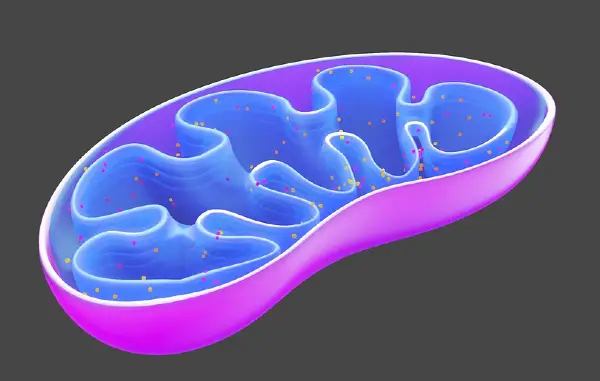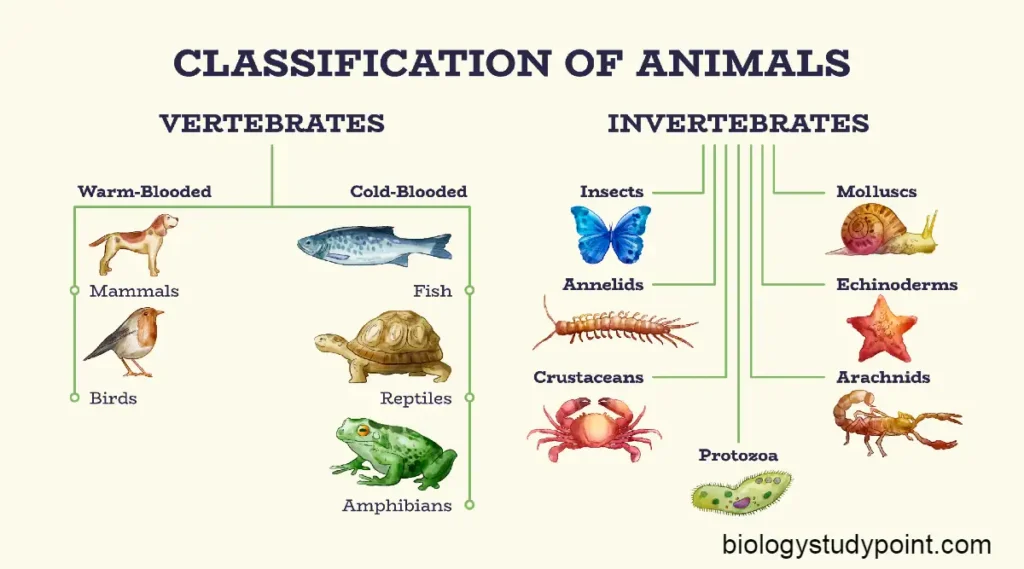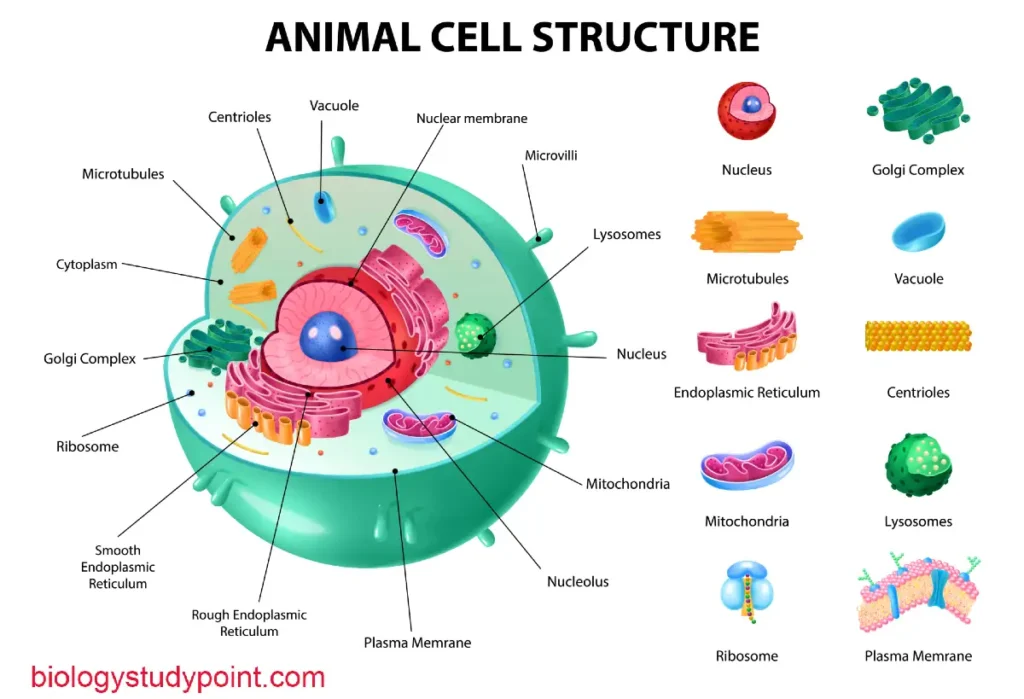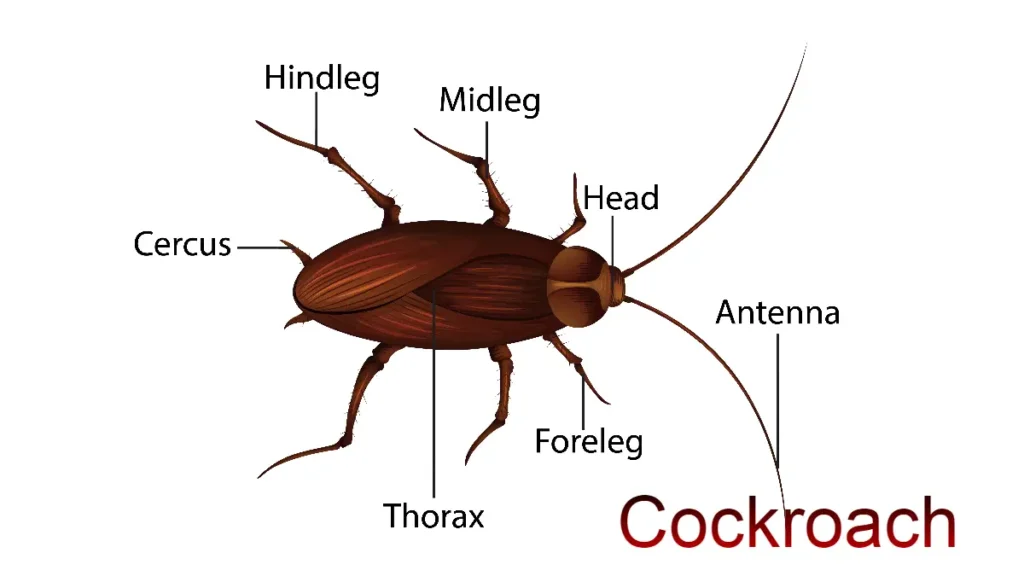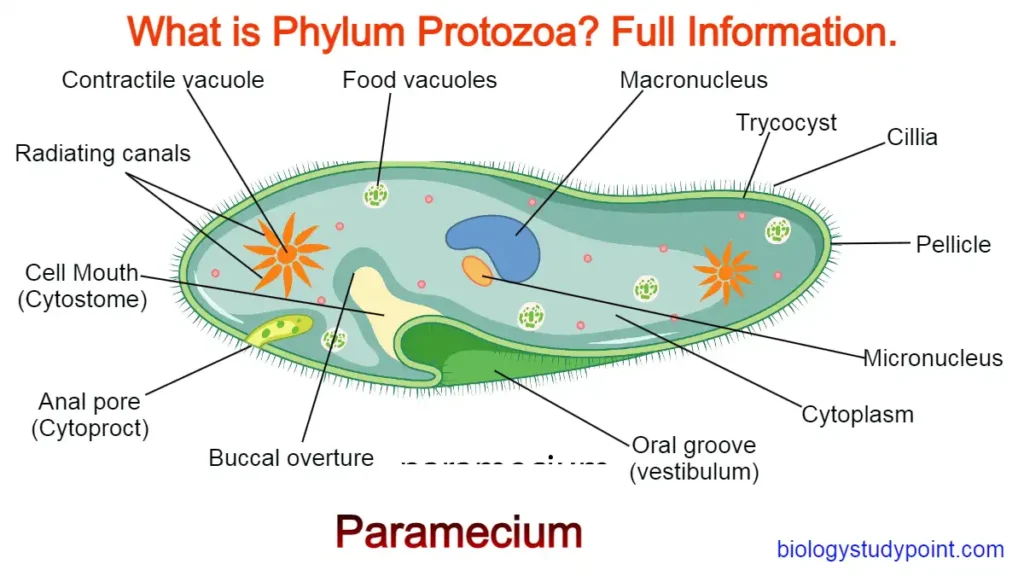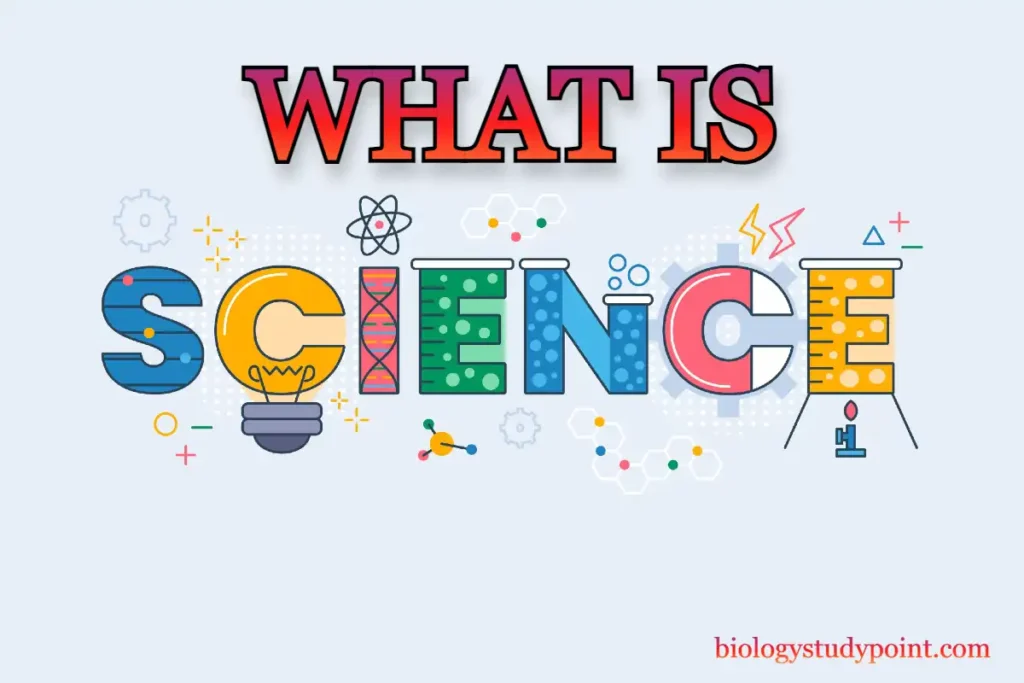Hello friends, in this article, we will learn why mitochondria are called the powerhouse of the cell. So let’s start without wasting time.
Why are mitochondria called the powerhouse of the cell?
Mitochondria are generally known as the “powerhouse” of the cell because they are the site for the oxidation of foodstuff in the presence of oxygen and supply energy to the cell to complete innumerable cell activities.
The various chemical events during food breakdown and energy production are collectively discussed under the metabolic pathway for the respiratory cycle.
The respiratory cycle or the metabolic pathway is separated into the following phases or pathways.
- Glycolysis or anaerobic respiration: Embden-Meyerhoef Parnas pathway.
- Oxidative decarboxylation
- Krebs cycle or Aerobic respiration in mitochondria or tricarboxylic acid cycle or citric acid cycle.
- Electron transport system or respiratory chain.
- Oxidative phosphorylation.
Diagram of Mitochondria
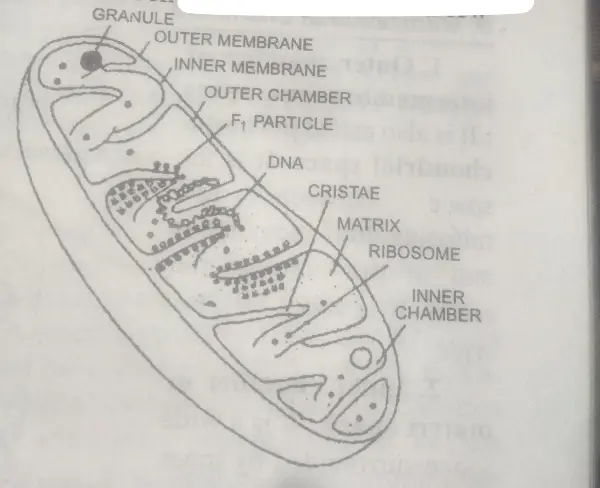
Energetics of Cellular respiration
The Energy Released During Each Cycle –
- Glycolysis –
- From one molecule of glucose, two molecules of pyruvic Acid are formed.
- 2 ATP molecules are used,, While 4 ATP molecules are formed. Therefore, there is a net gain of 2 ATP molecules.
- 2H+ atoms are formed. These are accepted by NAD, which changes into N A D H + .2H+ and is transferred to ETS.
2. Oxidative decarboxylation –
On entering mitochondria, the pyruvic acid molecule releases one molecule of CO2 and changes into acetic Acid. This is called decarboxylation. Acetic Acid is combined with coenzyme A and forms acetyl coenzyme-A. During this process, 2H is released, which NAD accepts, creating NADH + H+.NADH Transfers them to the electron transport system.
3. Krebs tricarboxylic acid cycle (TCA )
- 2H Are released during dehydrogenation-I of isocitric Acid into oxalo succinic Acid.
- 2H are released during dehydrogenation-II of ketoglutaric Acid into succinyl-CoA.
- 1 ATP by phosphorylation of ADP when succinyl-CoA separates into succinic Acid and CoA, and GDP are phosphorylated to GTP phosphorylate, which transfers ~P to ADP.
- 2H is released during dehydrogenation-III when malic acid changes into fumaric Acid.
- 2H is released during dehydrogenation-IV when malic acid changes to oxaloacetic Acid.
Thus, During the Krebs cycle, 4 pairs of hydrogen atoms are produced,, which are carried to ETS to release and transport ATP.
4. Transport of H+ ions along the respiratory chain –
While moving down along the complex of the respiratory chain, 2H atoms release electrons and get oxidized to create water.
5. Oxidative phosphorylation –
Electrons released during the transport of h along ETS are accepted by the electron acceptor of ETS and passed on to the F0- F1 Complex, where ADP is phosphorylated into energy-rich ATP molecules. 2H molecules produce 3 ATP.
Important Question Answer
Name the cell type in which mitochondria are absent.
Ans: RBC
2. Who coined the term ‘mitochondria’?
Ans: Benda in 1897.
3. Name the organism which possesses only one mitochondrion.
Ans: In Microsomonas.
4. Which cells possess the highest number of mitochondria?
Ans: In the flight muscles of insects.
5. What is the role of elementary particles?
Ans: It forms a proton-translocating channel and acts as a proton carrier.
6. Where are the respiratory or ETS system enzymes located in mitochondria?
Ans: Inner mitochondrial membrane.
7. For which structure was Altman using Altman used the name bioplast?
Ans: For mitochondria.
8. What type of ribosomes are found in mitochondria?
Ans: 70S ribosomes.
Friends, if you like the information, share it as much as possible.
Thank you
